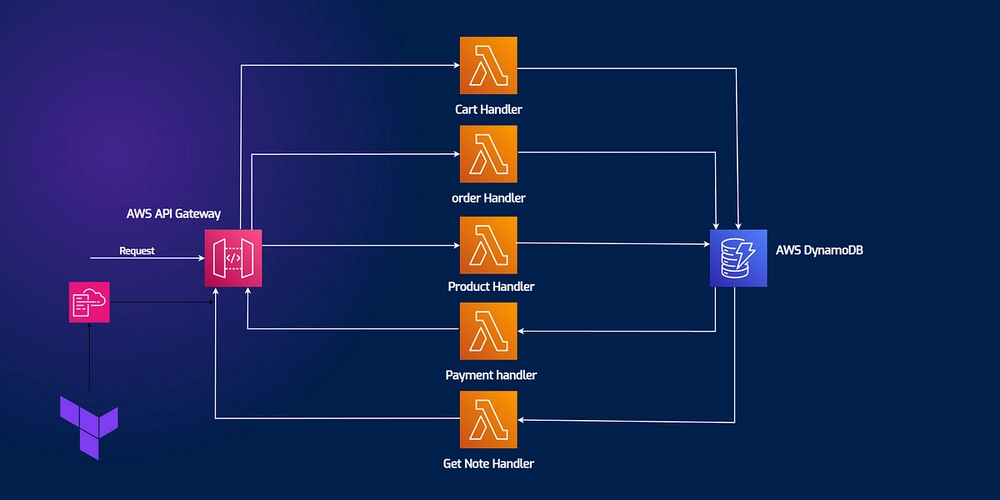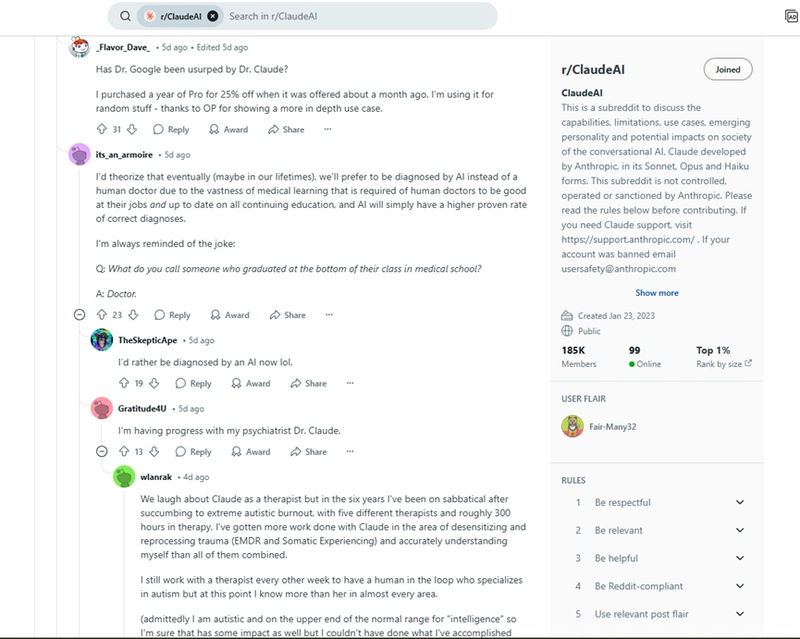How to Add TypeScript Support to Your Node.js Project
TypeScript is a game-changer for Node.js development, bringing type safety and modern tooling to your JavaScript codebase. In this guide, I’ll walk you through the exact steps I used to migrate my Node.js project to TypeScript—no prior TypeScript experience required! 1. Install TypeScript and Type Definitions First, install TypeScript and the Node.js type definitions as development dependencies: npm install --save-dev typescript @types/node 2. Initialize TypeScript Configuration Generate a tsconfig.json file with the following command: npx tsc --init This creates a base TypeScript configuration file in your project root. 3. Update tsconfig.json Open your tsconfig.json and add or update these important fields: { "include": ["**/*.ts"], "exclude": ["node_modules"], "compilerOptions": { "outDir": "./dist" // ...other options } } include tells TypeScript to compile all .ts files. exclude prevents node_modules from being compiled. outDir specifies where the compiled JavaScript will go. 4. Rename Your Files to .ts Rename your existing .js files to .ts. For example: mv server.js server.ts Delete the old .js files to avoid confusion. 5. Compile TypeScript Files Now, compile your TypeScript files: npx tsc This will generate JavaScript files in the dist directory (as specified by outDir). 6. Run the Compiled JavaScript Run your app using Node.js, pointing to the compiled entry file in dist: node dist/server.js Or whatever your entry point is. 7. (Optional) Update npm Scripts For convenience, add a script to your package.json: "scripts": { "build": "npx tsc", "start": "node dist/server.js" } Now you can run: npm run build npm start Conclusion That’s it! You’ve successfully added TypeScript support to your Node.js project. Enjoy better type safety, editor autocompletion, and more robust code! If you found this guide helpful, follow me for more tips on JavaScript, TypeScript, and Node.js development.

TypeScript is a game-changer for Node.js development, bringing type safety and modern tooling to your JavaScript codebase. In this guide, I’ll walk you through the exact steps I used to migrate my Node.js project to TypeScript—no prior TypeScript experience required!
1. Install TypeScript and Type Definitions
First, install TypeScript and the Node.js type definitions as development dependencies:
npm install --save-dev typescript @types/node
2. Initialize TypeScript Configuration
Generate a tsconfig.json file with the following command:
npx tsc --init
This creates a base TypeScript configuration file in your project root.
3. Update tsconfig.json
Open your tsconfig.json and add or update these important fields:
{
"include": ["**/*.ts"],
"exclude": ["node_modules"],
"compilerOptions": {
"outDir": "./dist"
// ...other options
}
}
-
includetells TypeScript to compile all.tsfiles. -
excludepreventsnode_modulesfrom being compiled. -
outDirspecifies where the compiled JavaScript will go.
4. Rename Your Files to .ts
Rename your existing .js files to .ts. For example:
mv server.js server.ts
Delete the old .js files to avoid confusion.
5. Compile TypeScript Files
Now, compile your TypeScript files:
npx tsc
This will generate JavaScript files in the dist directory (as specified by outDir).
6. Run the Compiled JavaScript
Run your app using Node.js, pointing to the compiled entry file in dist:
node dist/server.js
Or whatever your entry point is.
7. (Optional) Update npm Scripts
For convenience, add a script to your package.json:
"scripts": {
"build": "npx tsc",
"start": "node dist/server.js"
}
Now you can run:
npm run build
npm start
Conclusion
That’s it! You’ve successfully added TypeScript support to your Node.js project. Enjoy better type safety, editor autocompletion, and more robust code!
If you found this guide helpful, follow me for more tips on JavaScript, TypeScript, and Node.js development.









































































































































































![[The AI Show Episode 144]: ChatGPT’s New Memory, Shopify CEO’s Leaked “AI First” Memo, Google Cloud Next Releases, o3 and o4-mini Coming Soon & Llama 4’s Rocky Launch](https://www.marketingaiinstitute.com/hubfs/ep%20144%20cover.png)



























































































































![[DEALS] The All-in-One Microsoft Office Pro 2019 for Windows: Lifetime License + Windows 11 Pro Bundle (89% off) & Other Deals Up To 98% Off](https://www.javacodegeeks.com/wp-content/uploads/2012/12/jcg-logo.jpg)


















































































































































_Andreas_Prott_Alamy.jpg?width=1280&auto=webp&quality=80&disable=upscale#)

































































































![What features do you get with Gemini Advanced? [April 2025]](https://i0.wp.com/9to5google.com/wp-content/uploads/sites/4/2024/02/gemini-advanced-cover.jpg?resize=1200%2C628&quality=82&strip=all&ssl=1)











![Apple Shares Official Trailer for 'Long Way Home' Starring Ewan McGregor and Charley Boorman [Video]](https://www.iclarified.com/images/news/97069/97069/97069-640.jpg)
![Apple Watch Series 10 Back On Sale for $299! [Lowest Price Ever]](https://www.iclarified.com/images/news/96657/96657/96657-640.jpg)
![EU Postpones Apple App Store Fines Amid Tariff Negotiations [Report]](https://www.iclarified.com/images/news/97068/97068/97068-640.jpg)
































































































































![Auto-Scrolling Infinite Carousel in SwiftUI [Video]](https://media2.dev.to/dynamic/image/width%3D1000,height%3D500,fit%3Dcover,gravity%3Dauto,format%3Dauto/https:%2F%2Fdev-to-uploads.s3.amazonaws.com%2Fuploads%2Farticles%2Fmfhfdiagp4ksjyy7823b.png)

